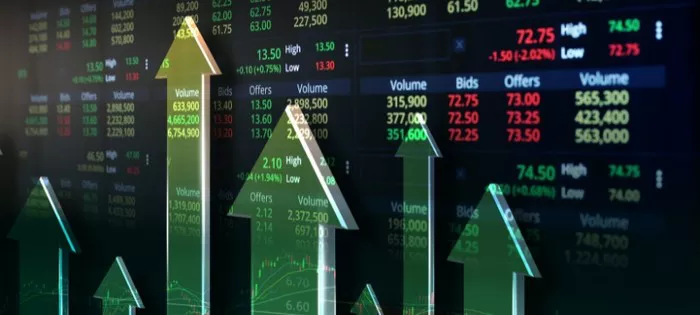Stock index futures play a pivotal role in the global financial landscape, offering investors a way to speculate on the future performance of stock indices. Key to trading these futures effectively is understanding stock index futures quotes.
The Basics of Stock Index Futures Quotes
Stock index futures quotes provide essential information about the current and expected future prices of stock index futures contracts. These quotes are typically displayed on financial news websites, trading platforms, and market data terminals. They include the following key components:
Index Name: The name of the stock index being traded, such as the S&P 500 or the Dow Jones Industrial Average (DJIA).
Contract Month and Year: Stock index futures contracts have specific expiration dates, usually denoted by the month and year in the quote. For instance, “ESU23” refers to the E-mini S&P 500 futures contract expiring in September 2023.
Last Price: The last traded price of the futures contract.
Change: The difference between the last price and the previous day’s closing price, indicating the contract’s price movement.
Bid and Ask Prices: The highest price at which traders are willing to buy (bid) and the lowest price at which they are willing to sell (ask) the futures contract.
Volume: The total number of contracts traded during the current trading session.
Open Interest: The total number of outstanding futures contracts for the specified expiration date. It represents the number of contracts that have not yet been offset or fulfilled by delivery.
Interpreting Stock Index Futures Quotes
Interpreting stock index futures quotes is essential for traders and investors. Here’s how to make sense of the information provided:
Direction: The last price and change values indicate the contract’s recent price movement. A positive change suggests an increase in price, while a negative change indicates a decrease.
Bid-Ask Spread: The bid and ask prices represent the market’s supply and demand. A narrow spread suggests a liquid market with competitive pricing, while a wide spread can indicate less liquidity or market uncertainty.
Volume and Open Interest: These metrics provide insights into market activity. High volume often indicates increased trading interest, while changes in open interest can signal shifts in market sentiment.
Expiration Date: Traders should be aware of the contract’s expiration date, as they will need to roll over or close out positions before that date to avoid physical delivery.
Using Stock Index Futures Quotes
Stock index futures quotes offer valuable information for traders and investors:
Market Analysis: Traders use quotes to analyze market trends, identify potential entry and exit points, and develop trading strategies.
Risk Management: Quotes help traders assess market volatility and make informed decisions regarding position size and stop-loss levels.
Hedging: Investors can use stock index futures quotes to hedge their portfolios against adverse market movements. For example, if an investor holds a portfolio of S&P 500 stocks, they can use S&P 500 futures to hedge against potential market declines.
Arbitrage Opportunities: Quotes can reveal arbitrage opportunities when there are price disparities between the futures contract and the underlying index.
Conclusion
Stock index futures quotes are indispensable tools for anyone involved in futures trading or seeking insights into the broader financial markets. They provide real-time information on contract prices, volume, and open interest, enabling traders and investors to make informed decisions. Understanding how to interpret and use these quotes is crucial for success in the dynamic world of stock index futures trading. By mastering the art of reading and leveraging futures quotes, market participants can navigate this complex landscape with confidence and precision.


